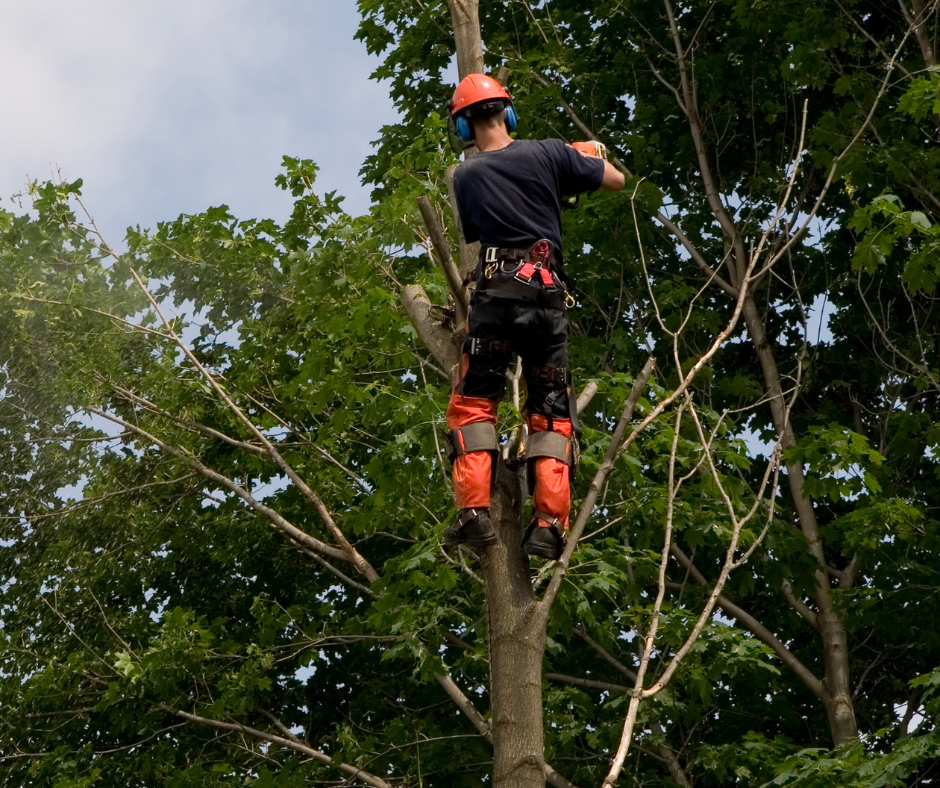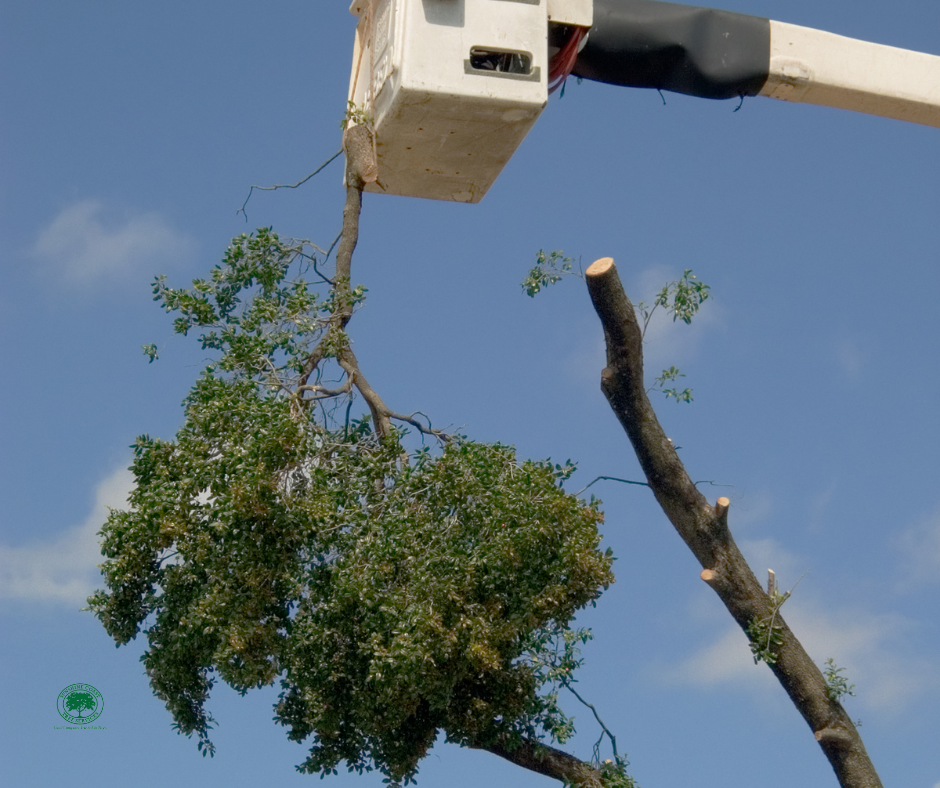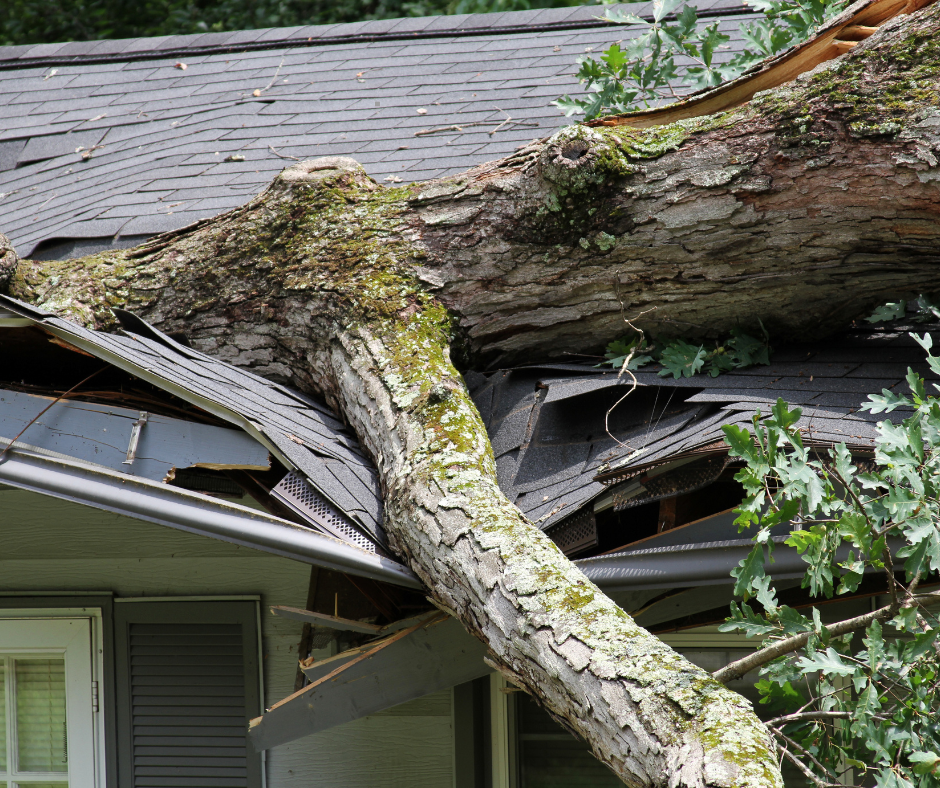How To Trim And Prune Trees During Storm Season
Essential Tips for Storm-Season Tree Care in South-East QLD
All types of trees, including conifers, require pruning to stay alive and healthy. Tree limbs are trimmed for a variety of reasons, all of which result in a more attractive and efficient tree. Although trees develop naturally without pruning, you can improve their growth by performing regular tree maintenance. Before you can learn how to trim a tree correctly, though, you must first understand why you should do it.
Pruning for plant health is a practice that has two purposes: to maintain the health of the tree and to help it grow in a healthy way.
It focuses on removing dead, dying, and diseased branches, as well as branches that rub against one another and any stubs, so that the entire tree may continue to develop properly.
How To Trim A Tree
There are three main techniques for tree trimming: thinning, heading, and barking.
Thinning removes entire branches while heading cuts off the end of a branch.
When trimming a tree, it is important to make sure that the cuts are made in the right places, always use sharp tools, and be very careful not to cut yourself.
Wear gloves and safety glasses to protect yourself from injury.
Thinning
Thinning involves removing entire branches from a tree. This should only be done when there are too many branches competing for sunlight or when there is a danger that they will break off and damage the tree or your property.
To thin a tree, identify the branches that need to be removed and cut them off at the trunk, just above a bud or lateral branch. Make sure to cut the branch flush with the trunk so that it does not girdle the tree.
Heading
Heading cuts are made when you want to cut off the end of a branch. This is usually done to control the size and shape of a tree, or to remove damaged or diseased branches.
To make a heading cut, identify the branch that you want to cut and use a pruning saw to cut it off at the desired length. Be sure to make a clean cut, so that the wound will heal quickly.
Barking
Barking is used mainly on conifers and involves stripping away the bark from a branch to stop its growth. This should only be done when you want to limit the size of a conifer tree.
To bark a branch, use a sharp knife to cut into the bark and peel it back. Be careful not to cut into the wood of the branch. Stop peeling the bark when you reach the desired size.
Tips For Tree Trimming During Storm Season
Although it is suggested that you prepare your trees for hurricane season before it begins, there is never a bad time to get them prepared and protect your house from severe weather.
l Identify trees near your home that could potentially fall and cause damage in a storm.
l Make sure to trim any dead or weak branches before a major weather event to help prevent them from breaking off and causing damage.
l Be especially careful when trimming branches near your home, as they can easily damage your roof or windows.
l If there is a tree on your property that you are not comfortable trimming yourself, hire a professional to do it for you. Tree trimming is a dangerous activity and should not be attempted by amateurs.
When To Prune A Tree
Trees should only be pruned during specific times of the year, depending on the type of tree and the purpose of the pruning.
For deciduous trees, the best time to prune is in late winter or early spring, before new growth begins.
Pruning in late fall can encourage new growth that may not be hardy enough to survive winter.
Conifers should only be pruned during the late summer or early fall when they are still dormant.
Never prune a tree while it is flowering or fruiting, as this can damage the tree.
Choose Sunshine Coast Tree Services
Trimming a tree can be a dangerous activity and should only be attempted by experienced professionals.
If you are not comfortable trimming your own trees, or if there is a tree on your property that is too large or dangerous to trim yourself, hire our professional arborist to do the job for you.



